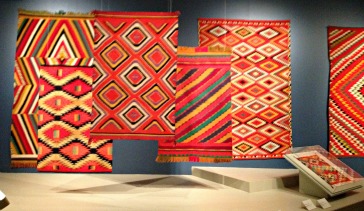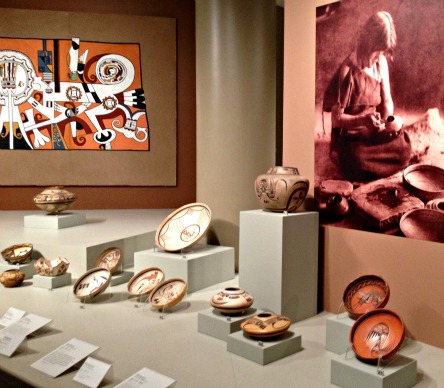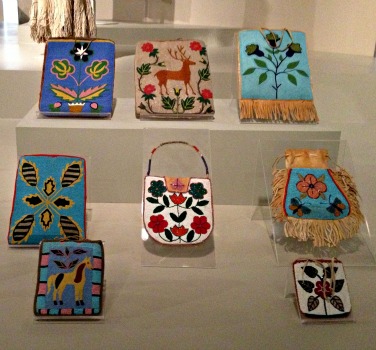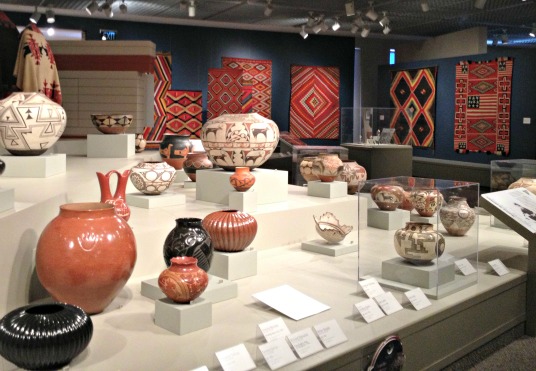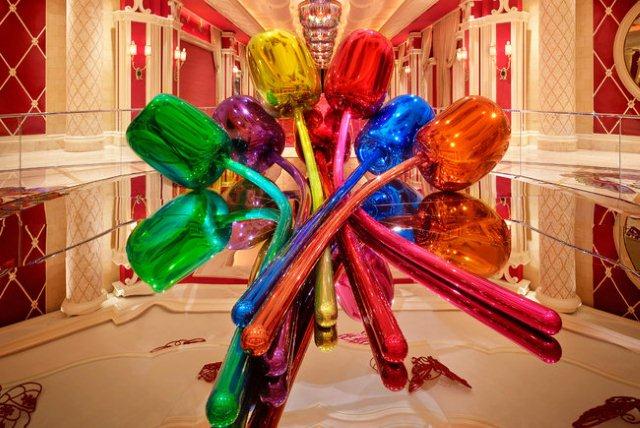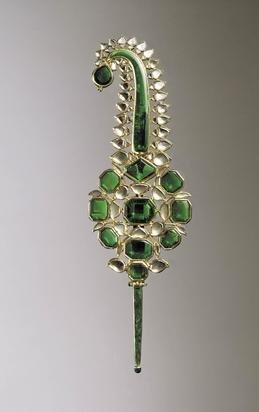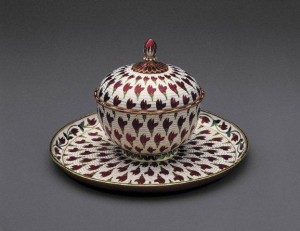I don’t usually associate the British, let alone the venerable British Museum, with hype. But that headline quote is the tag line for what seems to a very worthy, and interesting, exhibition called Ice Age Art: Arrival of the Modern Mind. Â I guess it says something about the marketing minds at the BM, and the need to fight for attention in today’s world.
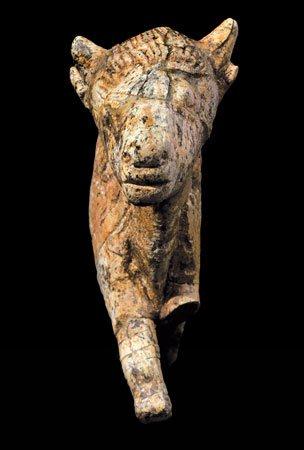 Ice Age Art starts on Thursday. The BM has a goal here: to elevate the objects — which include the oldest known ceramic figures in the world, plus the oldest known portrait and figurative pieces, all of which were created over 20,000 years ago – in the show from artifact to art. The curator, Jill Cook, says in the description, “By looking at the oldest European sculptures and drawings we are looking at the deep history of how our brains began to store, transform and communicate ideas as visual images. The exhibition will show that we can recognize and appreciate these images. Even if their messages and intentions are lost to us the skill and artistry will still astonish the viewer.”
Ice Age Art starts on Thursday. The BM has a goal here: to elevate the objects — which include the oldest known ceramic figures in the world, plus the oldest known portrait and figurative pieces, all of which were created over 20,000 years ago – in the show from artifact to art. The curator, Jill Cook, says in the description, “By looking at the oldest European sculptures and drawings we are looking at the deep history of how our brains began to store, transform and communicate ideas as visual images. The exhibition will show that we can recognize and appreciate these images. Even if their messages and intentions are lost to us the skill and artistry will still astonish the viewer.”
There’s a lot more background in the press release. But as a taste here are two object, both made about 20,000 years ago. On the left is a bison sculpted from mammoth ivory, found at Zaraysk, Russia, and on the right is a female figure, sculpted from steatite, found at Grimaldi, Italy. There’s a very short video, available at the first link above, which shows additional images (quickly).
The exhibition also includes works by Picasso, Moore, Matisse and other major modern artists “to establish these connections across time, highlighting the fundamental human desire to create works of great beauty. This can be appreciated in a striking drawing of two deer engraved on a piece of bone found in the cave of Le Chaffaud, Vienne, France,” the BM says.
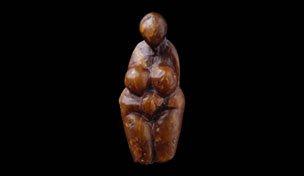 Cook told the Associated Press that the Ice Age creators “…are fully modern humans. What these works of art show is that they have a visual brain capable of imagination and creativity. They really are us. They are our ancestors.”
Cook told the Associated Press that the Ice Age creators “…are fully modern humans. What these works of art show is that they have a visual brain capable of imagination and creativity. They really are us. They are our ancestors.”
The AP story, as posted on the San Francisco Chronicle site, has a slide show of other object in the exhibition.
Now, most museums that I know measure the time frame for organizing an exhibit from the time a curator starts working on it — not the date of the art involved. We should keep it that way, but for this, to catch more attention, let’s make an exception.
Photo Credits: Courtesy of the British Museum

